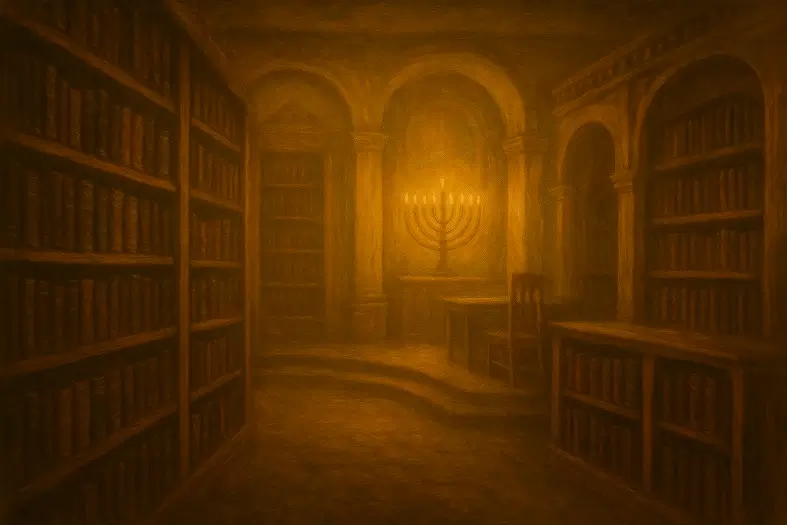


Every male is required to acquire a complete Sefer Torah for himself. Better yet if he can write one himself—then it is considered "as if he received it from Sinai"!
This mitzvah commands each Jew to write a Torah scroll, preserving the Divine word across generations. The verse speaks of writing “this song,” which the Sages interpret (Sanhedrin 21b) as the entire Torah, since the Song of Ha’azinu (Deut. 32) is part of the Torah.
Rambam (Hilchot Sefer Torah 7:1) codifies that even if a person inherited a Torah scroll, he is still obligated to write one himself, fulfilling the commandment anew. Sefer HaChinuch (Mitzvah 613 — his count ends with this mitzvah) explains that the purpose is for every Jew to engage directly with Torah transmission, not only relying on scholars and scribes.
The mitzvah is both practical and symbolic: it ensures the continued availability of kosher Torah scrolls for study and prayer, and it expresses personal ownership in the covenant of Torah. Midrash Tanchuma (Vayeilech 2) adds that this command closes the Torah’s cycle — Israel receives the Torah and must continually renew it by writing it again.
Commentary & Classical Explanation
Contrast with Mitzvah 81 (To put a Mezuzah on each doorpost)
Parallel with Mitzvah 22 (To learn Torah and teach it)
Personal Engagement
Supporting Torah Publication
Communal Ownership
Identity and Continuity
Digital Torah Access


Represents Emunah—the deep, inner trust in Hashem’s presence, oneness, and constant involvement in our lives. This badge symbolizes a heartfelt connection to G-d, rooted in belief even when we cannot see. It is the emotional and spiritual core of many mitzvot.
Represents the concept of spiritual intentionality, purity, and sanctity—set apart for a higher purpose.
Mitzvot that strengthen communal life — showing up, participating, supporting, and belonging. Community is where holiness is shared, prayers are multiplied, and responsibility becomes collective.
Mitzvot that define and deepen the relationship between a person and their Creator. These include commandments involving belief, prayer, Shabbat, festivals, sacrifices, and personal holiness — expressions of devotion rooted in divine connection.
Mitzvot that govern ethical behavior, kindness, justice, and responsibility in human relationships. These actions build trust, dignity, and peace between people.
Mitzvot that uphold fairness, honesty, and moral responsibility. Justice is kindness structured — ensuring that society reflects G-d’s order through truth, equity, and accountability.
Associated with belief in and obedience to G‑d’s prophets, as well as reverence for their role in transmitting Divine truth.
Pertains to the power of speech—both positive and negative—including lashon hara, vows, and blessings.

Dive into mitzvot, prayer, and Torah study—each section curated to help you learn, reflect, and live with intention. New insights are added regularly, creating an evolving space for spiritual growth.

Explore the 613 mitzvot and uncover the meaning behind each one. Discover practical ways to integrate them into your daily life with insights, sources, and guided reflection.

Learn the structure, depth, and spiritual intent behind Jewish prayer. Dive into morning blessings, Shema, Amidah, and more—with tools to enrich your daily connection.

Each week’s parsha offers timeless wisdom and modern relevance. Explore summaries, key themes, and mitzvah connections to deepen your understanding of the Torah cycle.